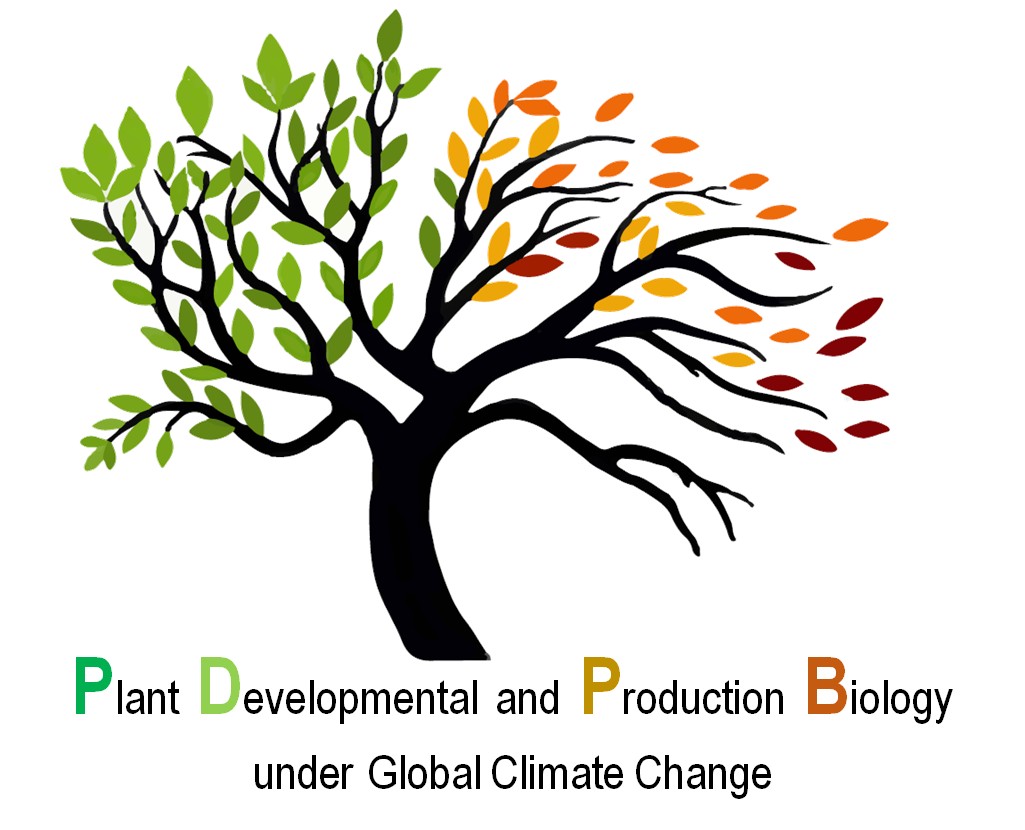| |
|
HORMONAL ANALYSIS OF BRASSINOSTEROID BIOSYNTHETIC MUTANT PLANTS |
| |
|
Jiroutová P [a], Oklešťková J [a], Vukasinovic N [c, d], Karady M [b], Pěnčík A [a], Pavlovic I [a], Russinova E [c, d], Strnad M [a]
|
| |
|
|
| |
|
[a] Laboratory of Growth Regulators, The Czech Academy of Sciences, Institute of Experimental Botany & Palacký University, Faculty of Science, Šlechtitelů 27, 78371 Olomouc, Czech Republic.
[b] Centre of the Region Haná for Biotechnological and Agricultural Research, Palacký University & Institute of ExperimentalBotany, Academy of Sciences of the Czech Republic,Šlechtitelů 27, CZ‐78371, Olomouc, Czech Republic
[c] Department of Plant Biotechnology and Bioinformatics, Ghent University, 9052 Ghent, Belgium
[d] Center for Plant Systems Biology, VIB, 9052 Ghent, Belgium
|
| |
|
|
| |
|
Brassinosteroids (BRs) are a group of steroidal plant hormones involved in a variety of physiological processes in plants. The first and most active BR – brassinolide (BL), was isolated in 1979 from pollen of Brassica napus. Since then, a significant amount of work about their biosynthesis, signalling, biological activity or practical application, especially in agriculture, have been reported.
In Arabidopsis the biosynthesis of BRs starts with a conversion of campesterol to campestanol and then continues to brassinolide via two parallel pathways - the early and the late C-6 oxidation pathways. An early C-22 oxidation branch called “campestanol independent pathway” has also been described. This branch is linked to the later part of the late C-6 oxidation pathway.
BR mutants are characteristic for their phenotype with dramatic alterations – light-grown BR mutant Arabidopsis plants have drastically reduced plant height and root system and, the rosette has typically compact structure with a small dark green leaves as a result of strong reduction of leaf expansion and internodes. Reduced growth of BR-deficient mutants is also often accompanied by the sterility of these plants. Unlike BR-insensitive mutants, the dwarf growth of BR deficient mutants can be rescued by treatment with exogenously applied BRs.
In this work we have analysed content of other groups of plant hormones in BR biosynthetic mutants in order to characterize these mutants in view of changes at hormonal levels.
|
| |
|
|
| |
|
This work was supported by IGA of Palacký University (IGA_PrF_2019_020). |
|

